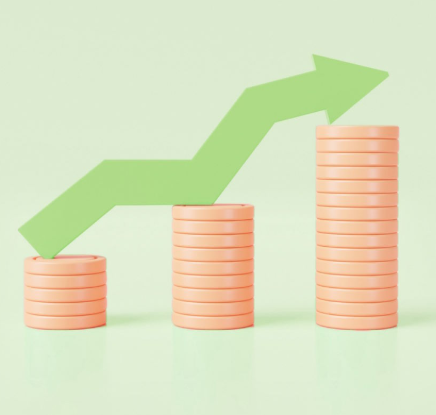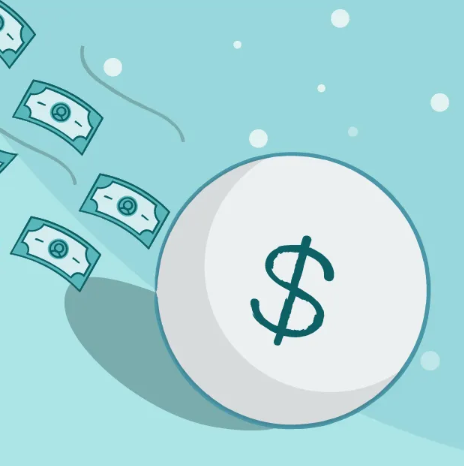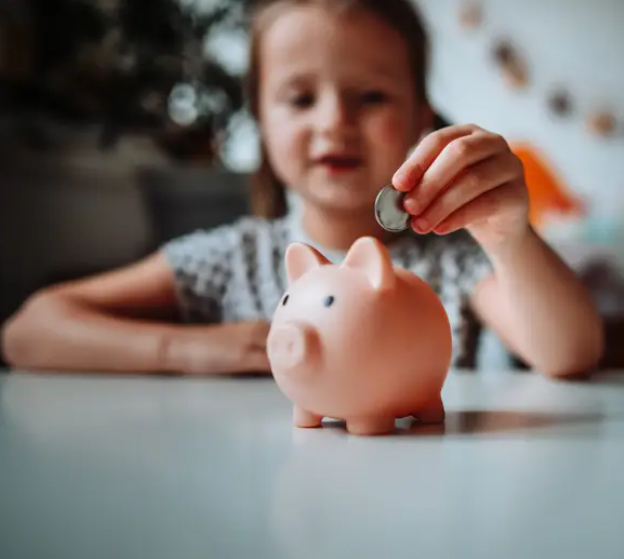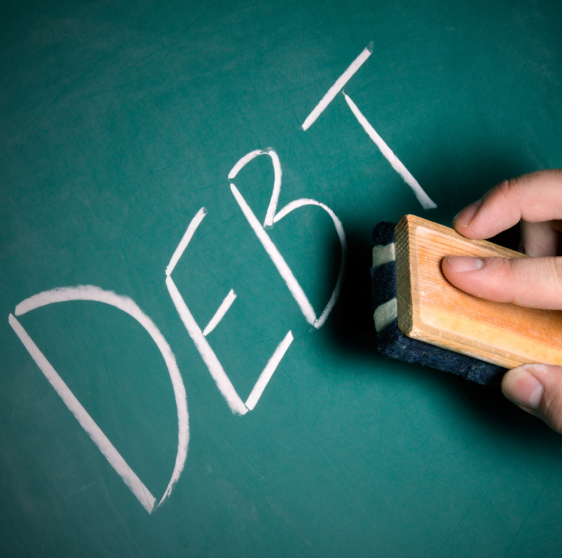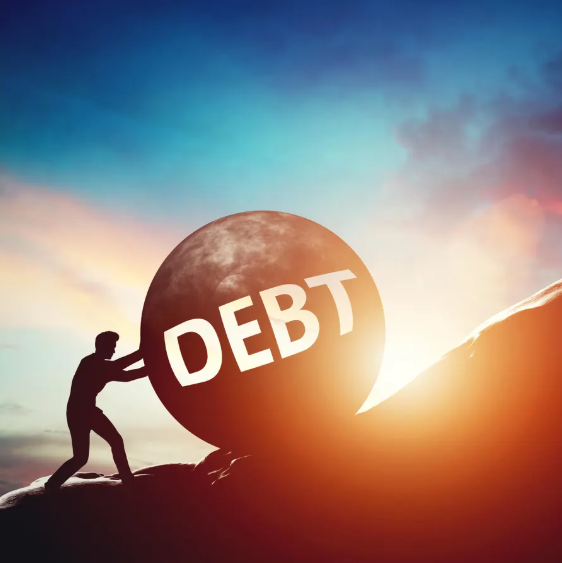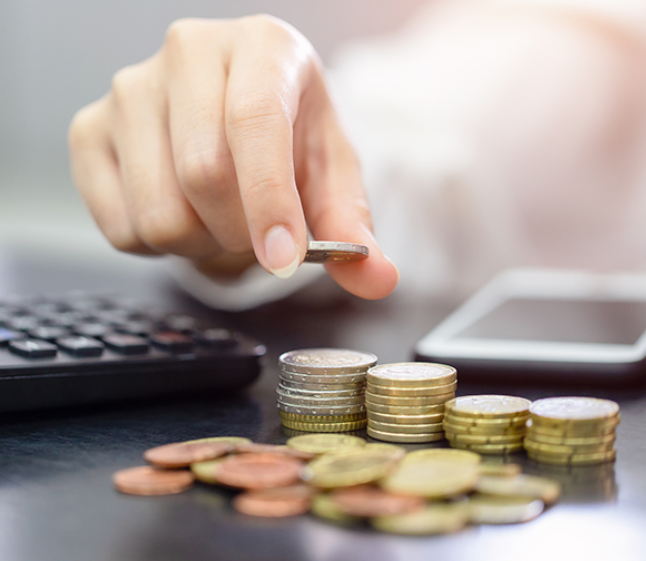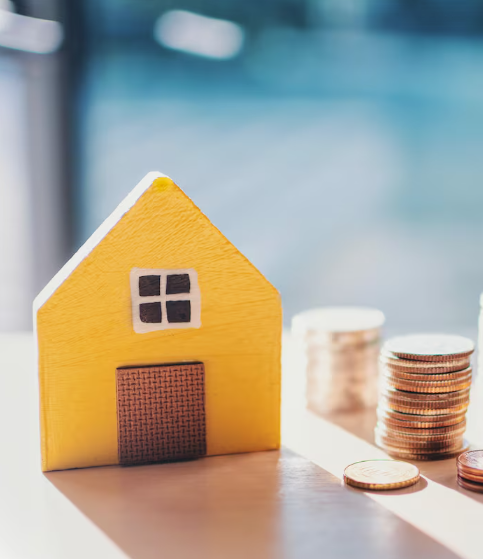Starting a new year is the perfect opportunity to take control of your finances and set yourself up for long-term success. One of the most effective ways to gain financial freedom is by eliminating debt and creating a path toward wealth. If you’re looking to change your financial situation, here are 10 essential truths that can guide you on your journey.
1. Debt is Your Biggest Barrier to Financial Freedom
Debt acts as a massive obstacle that prevents you from achieving the life you desire. It’s difficult to save for important goals like vacations or your children’s education when a significant portion of your income goes toward paying off debt. The sooner you eliminate debt, the quicker you’ll start making progress toward your financial dreams.
2. Your Income is Your Most Valuable Asset
We often dream about striking it rich or receiving a substantial raise. However, the reality is that the money you earn now holds incredible potential. By learning to manage and direct your income effectively, you’ll be surprised by how much you can accomplish. Even with modest earnings, it’s possible to achieve financial stability and success.
3. Debt Consumes Your Income
Debt has a way of draining your paycheck, leaving you with little to show for your hard work. The more debt you carry, the more of your income gets eaten up by monthly payments. When you’re debt-free, you have full control over your income, allowing you to save and invest for your future.
4. Debt Gives Away Your Power
When you borrow money, you relinquish some control over your life. As a borrower, you are tied to your creditors, and your financial freedom becomes restricted. Being debt-free puts you in a position of power, where your financial choices are yours to make.
5. You Control Your Money, or It Controls You
If you don’t keep track of your spending or live within a budget, your money can quickly slip through your fingers. On the other hand, when you intentionally manage your finances, your money works for you. By creating a budget and sticking to it, you can ensure that every dollar has a purpose.
6. A Zero-Sum Budget is Key to Financial Success
One of the most powerful tools for managing your finances is a zero-sum budget. By assigning every dollar of your income to a specific purpose—whether it’s paying off debt, saving, or investing—you ensure that your money is always working toward your goals. This system helps you stay on track and move forward with your finances.
7. Debt Isn’t About How Much You Earn; It’s About How You Spend
Debt doesn’t discriminate based on income. Many high earners struggle with overwhelming debt, while others with modest incomes manage to live debt-free. The key is in how you handle your spending. Those who control their spending habits can avoid debt, no matter their income level.
8. Living Below Your Means Unlocks Financial Potential
One of the most effective ways to build wealth is by living below your means. When you spend less than you earn, you free up money to pay off debt, save for the future, and invest. If you’re spending everything you make—or worse, more than you make—you’ll never make progress toward your financial goals.
9. If You Can’t Pay Cash, You Can’t Afford It
It’s easy to fall into the trap of buying things on credit, but relying on debt for purchases can be detrimental to your financial health. Instead, adopt the mindset that if you can’t afford to pay for something in cash, then you shouldn’t buy it. This approach keeps you out of debt and encourages smarter financial decisions.
10. Your Spending Habits Reflect Your Values
Every financial decision you make, big or small, is a reflection of your priorities and values. Whether it’s your daily coffee run or a larger purchase like a new car, each choice has consequences. Take a step back and think about what truly matters to you. Your financial habits will either help or hinder your path to wealth, depending on how aligned they are with your goals.
Conclusion
Whether you’re dealing with debt or simply looking to make better financial decisions, it’s never too late to take control of your finances. With the right approach and determination, you can break free from the cycle of debt and begin building wealth. Start small, stay focused, and watch as your financial situation improves over time.
